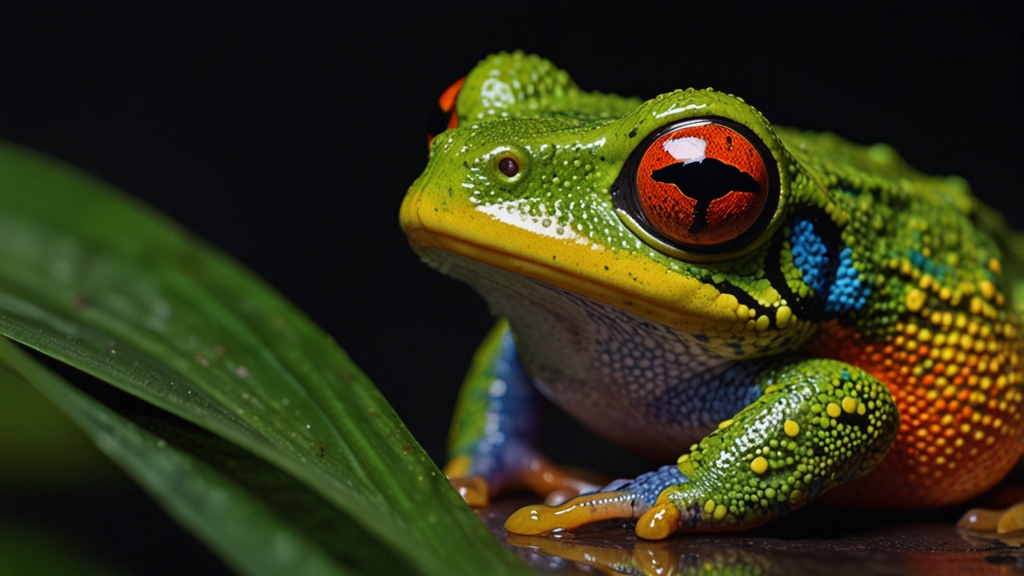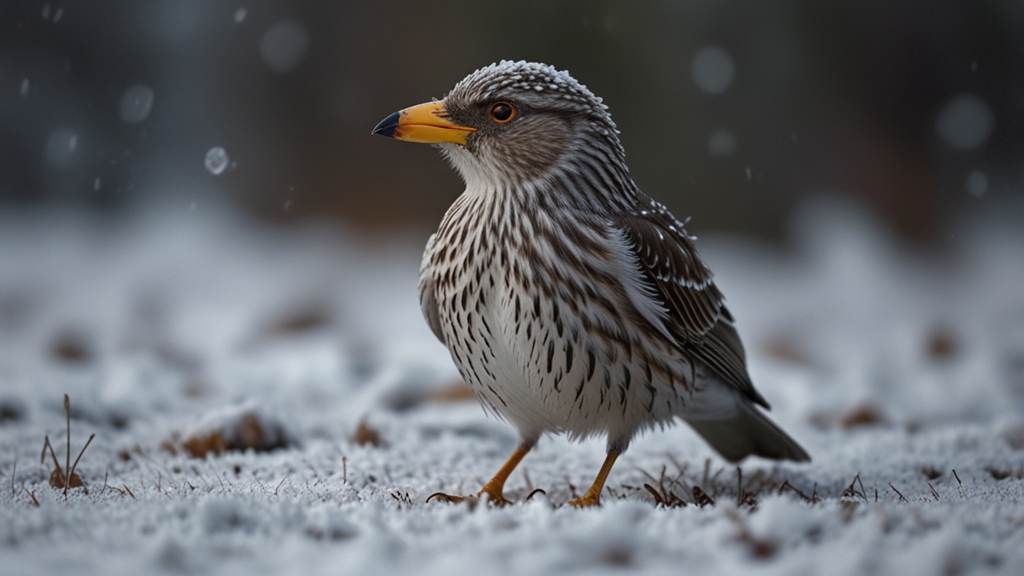The Most Colorful Amphibians in the World: Nature's Artistry
Amphibians, a group known for their dual life in water and on land, are some of the most fascinating and diverse creatures on our planet. Among them, certain species stand out due to their vibrant colors and striking patterns. These colorful amphibians are not just a feast for the eyes but also an integral part of many ecosystems. This article explores some of the world's most colorful amphibians, showcasing nature's artistry in the animal kingdom.
1. Poison Dart Frogs: Bright and Deadly
Poison dart frogs are perhaps the most famous group of colorful amphibians. Native to Central and South American rainforests, these tiny frogs exhibit a dazzling array of colors, including bright blues, reds, yellows, and greens. The bright coloration serves as a warning to potential predators about their toxicity, a trait that has been honed through evolution.
"The vivid colors of poison dart frogs are not just for show; they are a crucial survival mechanism, signaling danger to those who might view them as a meal."
2. The Red-Eyed Tree Frog: A Jungle Jewel
The red-eyed tree frog is another iconic amphibian, known for its bright green body, blue and yellow striped sides, and striking red eyes. Native to the rainforests of Central America, this frog's spectacular appearance helps it blend into the foliage, providing camouflage from predators during the day. At night, when it's active, the red eyes and striking colors make it a sight to behold.
3. The Mandarin Newt: An Eastern Gem
Found in China, the mandarin newt is a fiery display of nature's palette. With a black body covered in bright orange or red and yellow spots, it’s a standout species in its habitat. The mandarin newt’s coloration also serves as a deterrent to predators, signaling that it is poisonous.
"In the animal kingdom, color often serves a dual purpose: attracting mates and deterring predators. For amphibians like the mandarin newt, vivid hues are a testament to the intricate balance of survival strategies."
4. The Blue Poison Dart Frog: A Caribbean Wonder
Among the poison dart frogs, the blue poison dart frog, found in the rainforests of Suriname and parts of Brazil, stands out with its brilliant cobalt blue skin covered in black spots. This species is particularly noteworthy for its unique coloration, which also serves the critical function of warning predators about its toxicity.
5. The Splendid Tree Frog: Australia’s Vibrant Ambassador
The splendid tree frog, native to Australia, earns its name with its stunning appearance. Its coloration ranges from soft yellows to vivid greens and bronzes, often adorned with white or golden spots. This amphibian typifies the diverse and colorful fauna found in Australia's unique ecosystems.
6. The Golden Mantella: Madagascar’s Tiny Treasure
In the rainforests of Madagascar, the golden mantella reigns as one of the brightest amphibians. With a striking solid yellow or orange body, this small frog is as beautiful as it is rare. Conservation efforts are crucial to protect this species, as its vibrant habitat faces threats from deforestation and habitat loss.
"The golden mantella's radiant color is not just an aesthetic marvel; it symbolizes the urgent need for conservation to preserve the delicate ecosystems these amphibians call home."
The Role of Color in Amphibian Survival
The vibrant coloration of these amphibians is more than just a visual delight; it's a complex interplay of biology, ecology, and evolution. In many cases, bright colors are a form of aposematism, where the vivid hues warn predators of the amphibian's toxicity. This evolutionary strategy helps these species survive in their natural habitats.
Additionally, the colors can play a role in social interactions, such as attracting mates or deterring rivals. The variety and intensity of colors found in amphibians are a testament to the wonders of natural selection and adaptation.
Conclusion
Colorful amphibians are a vibrant reminder of the beauty and complexity of nature. From the rainforests of Central America to the unique landscapes of Madagascar and Australia, these creatures captivate us with their dazzling displays. Their colors, whether serving as camouflage or warning mechanisms, highlight the intricate and purposeful artistry of evolution. As we continue to study and appreciate these remarkable animals, it's crucial to also prioritize their conservation, ensuring that future generations can marvel at these vibrant examples of nature's creativity.









